Rising Demand for Heavy-Duty Trailers
The demand for heavy-duty trailers is a critical factor influencing the Trailer Suspension System Market. As industries such as construction, agriculture, and logistics expand, the need for robust and reliable trailer systems becomes paramount. Heavy-duty trailers require specialized suspension systems that can handle increased loads and provide stability on various terrains. Market analysis indicates that the heavy-duty trailer segment is expected to grow at a compound annual growth rate of 10 percent, driven by infrastructure development and increased freight transportation. This growth necessitates advancements in suspension technology to ensure safety and performance.
Regulatory Compliance and Safety Standards
Regulatory compliance is a significant driver in the Trailer Suspension System Market. Governments worldwide are implementing stringent safety standards for trailers, necessitating the adoption of advanced suspension systems that meet these regulations. Compliance with safety standards not only ensures the protection of goods and drivers but also enhances the overall reliability of transportation systems. Recent data indicates that the market for compliant trailer suspension systems is likely to expand by 12 percent as manufacturers invest in technology to meet these requirements. This trend underscores the importance of safety in the design and production of trailer suspension systems.
Sustainability Initiatives in Trailer Suspension Systems
Sustainability is becoming a pivotal driver in the Trailer Suspension System Market. Manufacturers are increasingly focusing on eco-friendly materials and production processes to reduce their carbon footprint. The use of recyclable materials in suspension components is gaining traction, as companies aim to meet regulatory standards and consumer expectations for sustainability. Recent statistics suggest that the market for sustainable trailer suspension systems could grow by 20 percent over the next five years, reflecting a significant shift towards environmentally responsible practices. This trend not only addresses environmental concerns but also enhances brand reputation and customer loyalty.
Technological Advancements in Trailer Suspension Systems
The Trailer Suspension System Market is experiencing a notable transformation due to rapid technological advancements. Innovations such as air suspension systems and advanced shock absorbers are enhancing ride quality and load management. The integration of smart technologies, including sensors and telematics, allows for real-time monitoring of suspension performance, which can lead to improved safety and efficiency. According to recent data, the adoption of these technologies is projected to increase by approximately 15 percent annually, indicating a strong trend towards modernization in the industry. This shift not only improves vehicle performance but also aligns with the growing demand for enhanced user experiences in transportation.
Consumer Preferences for Enhanced Comfort and Performance
Consumer preferences are increasingly shaping the Trailer Suspension System Market. There is a growing expectation for trailers to provide enhanced comfort and performance, particularly in long-haul transportation. As consumers prioritize ride quality and vehicle handling, manufacturers are compelled to innovate and improve their suspension systems. Market Research Future suggests that the demand for high-performance suspension systems is projected to rise by 18 percent over the next few years, driven by consumer feedback and competitive pressures. This shift towards comfort and performance not only influences product development but also impacts marketing strategies within the industry.




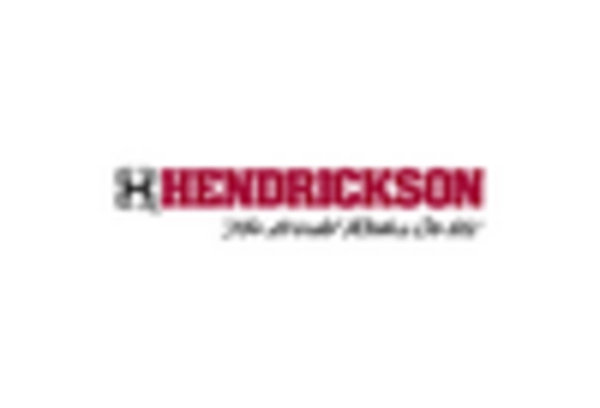
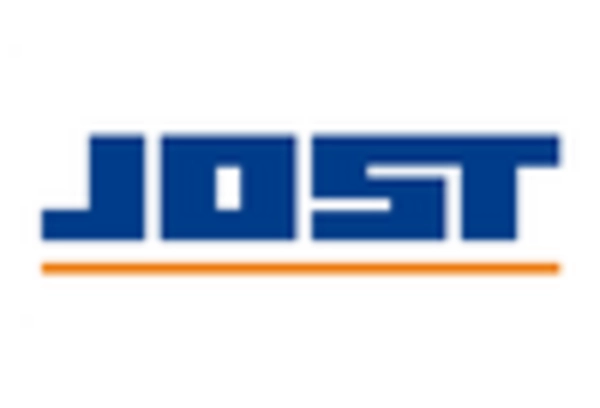
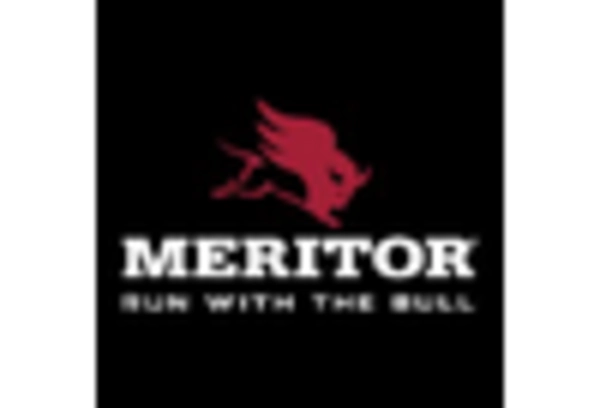
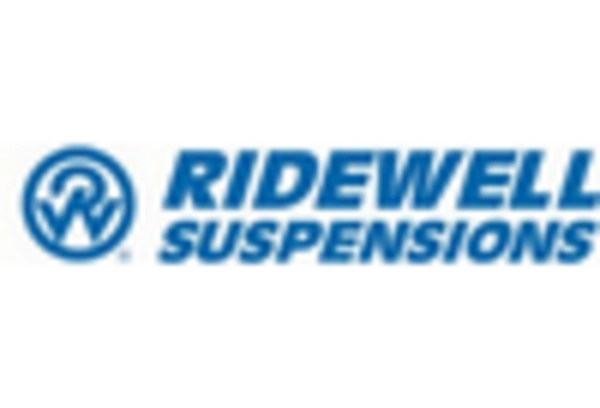
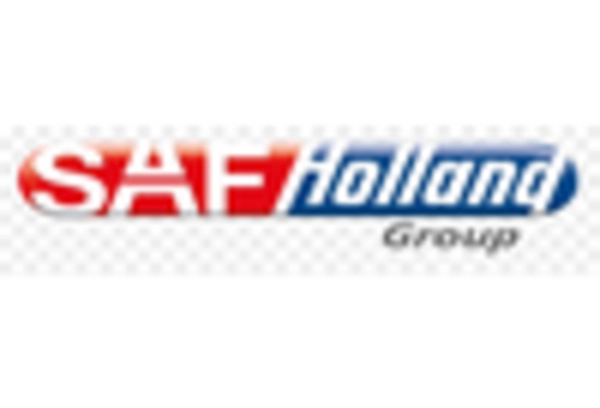








Leave a Comment